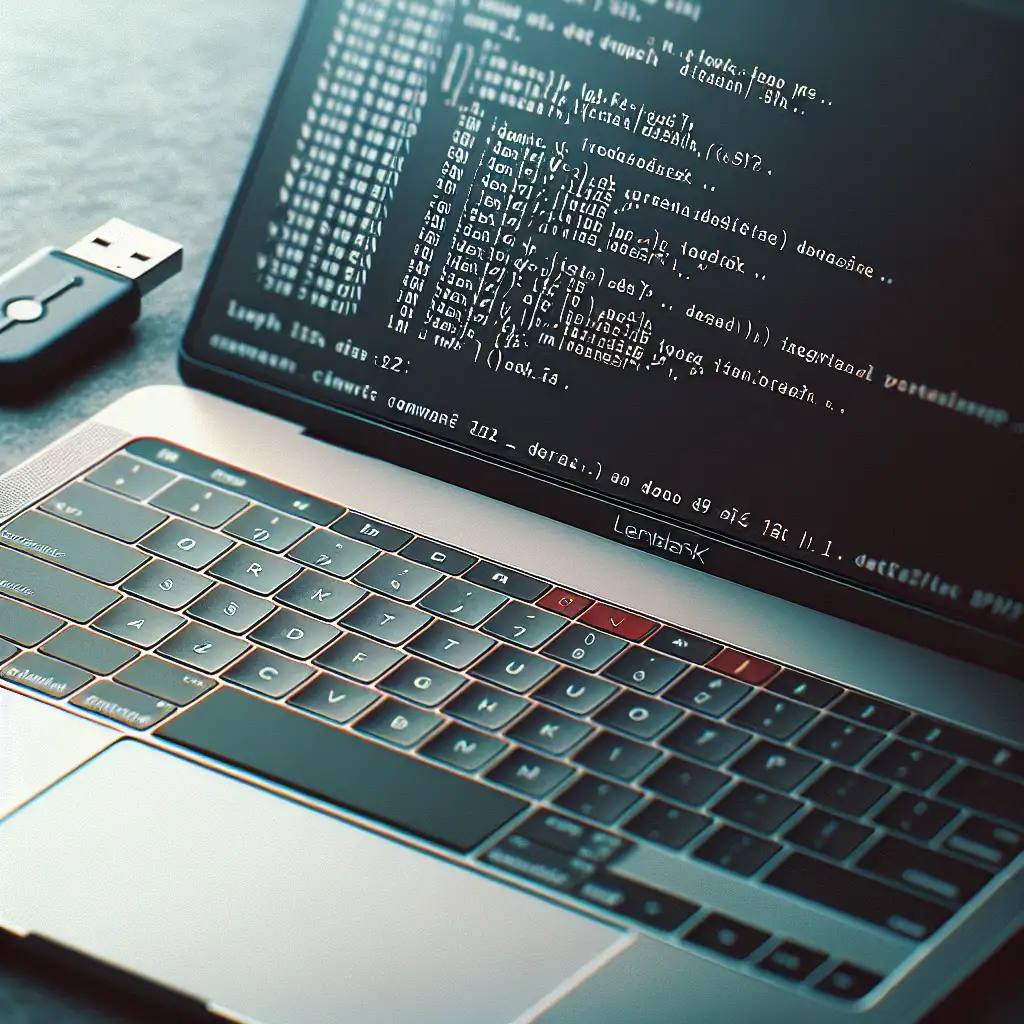Mastering USB Formatting on Linux: A Command-Line Approach Beyond GUI Tools
Forget relying on bulky GUI tools; the real power lies in mastering lightweight, scriptable Linux commands that give you precise control over USB formatting—perfect for automation and troubleshooting.
Whether you’re prepping a USB stick for a fresh install, clearing out old data, or creating a bootable drive, knowing how to format your USB drive directly from the command line is an invaluable skill. GUI tools like GParted or Disks are handy but can be slow, limited, or unavailable in headless servers and minimal Linux setups.
This guide will walk you through formatting USB drives on Linux using native command-line utilities—including lsblk, fdisk, mkfs, and more—with clear examples so you can confidently manage your storage devices without leaving the terminal.
Why Format Your USB Drive Using the Command Line?
- Speed & Precision: CLI formatting is fast and doesn't require loading bulky interfaces.
- Automation Friendly: Easily script formatting tasks for batch jobs or repeatable setups.
- Works Everywhere: Available by default on almost all Linux installations, including servers.
- Better Troubleshooting: CLI tools provide detailed output to help debug errors.
Step 1: Identify Your USB Drive
Before formatting anything, it’s critical to confirm the exact device identifier (e.g., /dev/sdb) to avoid erasing the wrong disk.
lsblk
Output example:
NAME MAJ:MIN RM SIZE RO TYPE MOUNTPOINT
sda 8:0 0 465.8G 0 disk
├─sda1 8:1 0 450M 0 part /boot
└─sda2 8:2 0 465.3G 0 part /
sdb 8:16 1 14.5G 0 disk
└─sdb1 8:17 1 14.5G 0 part /media/usb
In this example, /dev/sdb is the USB drive. Double-check the RM (removable) column helps identify external devices.
Warning: Make sure you select the correct device! Formatting destroys all data on it.
Step 2: Unmount Any Mounted USB Partitions
If your device is auto-mounted (e.g., /media/usb), unmount all partitions before formatting:
sudo umount /dev/sdb1
You may need to unmount multiple partitions if present.
Step 3: Create a New Partition Table and Partition
Using fdisk
Start by launching fdisk on your USB device:
sudo fdisk /dev/sdb
Once inside:
- Type
oand hit Enter — creates a new empty DOS partition table. - Type
nand hit Enter — to create a new partition:- Select primary partition by typing
p - Choose partition number (1 by default)
- Press Enter twice to accept default start/end sectors (uses full space).
- Select primary partition by typing
- Type
tand hit Enter — change partition type:- For a typical FAT32 format, enter
c(W95 FAT32 (LBA))
- For a typical FAT32 format, enter
- Type
wand hit Enter — write changes to disk and exit.
Alternative Partitioning Tools
If you prefer scripts or fewer steps, tools like parted allow quick scripting:
sudo parted /dev/sdb --script mklabel msdos mkpart primary fat32 1MiB 100%
Step 4: Format the Partition with Filesystem of Choice
Now format /dev/sdb1 to an appropriate filesystem depending on your use case:
- FAT32 — Most universally supported (Windows, macOS, Linux):
sudo mkfs.vfat -F32 /dev/sdb1
- exFAT — For large files (>4GB), modern OS support required:
sudo mkfs.exfat /dev/sdb1
(Note: You might have to install exfat-utils or equivalent first.)
- ext4 — Linux-native filesystem not widely supported by Windows/macOS:
sudo mkfs.ext4 /dev/sdb1
Step 5: Verify Everything Worked
Run lsblk -f to confirm filesystem types:
lsblk -f /dev/sdb
Example output snippet:
NAME FSTYPE LABEL UUID MOUNTPOINT
sdb
└─sdb1 vfat ABCD-1234
Optionally, mount it manually and check contents:
mkdir ~/usbtest && sudo mount /dev/sdb1 ~/usbtest
ls ~/usbtest
sudo umount ~/usbtest && rmdir ~/usbtest
Bonus Tips for Power Users
Formatting Multiple Drives Quickly With a Script
Save this snippet as format_usb.sh, replace /dev/sdX with your device in each run:
#!/bin/bash
USB_DEV="/dev/sdX"
echo "Unmounting partitions..."
sudo umount ${USB_DEV}?*
echo "Creating partition table..."
sudo parted ${USB_DEV} --script mklabel msdos mkpart primary fat32 1MiB 100%
echo "Formatting partition..."
sleep 2 # wait for kernel to recognize partition
sudo mkfs.vfat -F32 ${USB_DEV}1
echo "Done!"
Run with:
chmod +x format_usb.sh && ./format_usb.sh
Creating Bootable USB Drives
After formatting, use tools like dd for raw image copies if needed:
sudo dd if=path/to/iso of=/dev/sdb bs=4M status=progress oflag=sync
This is outside our pure "formatting" scope but commonly paired in workflows.
Conclusion
Mastering USB formatting via command line on Linux gives you ultimate flexibility and reliability. Once you’re comfortable with identifying devices (lsblk), partitioning (fdisk, parted), and making filesystems (mkfs.*), you can manage any drive quickly—even remotely on systems without graphical environments.
Next time you plug in a mysterious drive or want a clean slate fast—skip the GUI bloat and harness these powerful commands instead!
If you found this guide helpful or want me to cover scripting advanced automation with CLI formatting next—let me know in the comments below!
